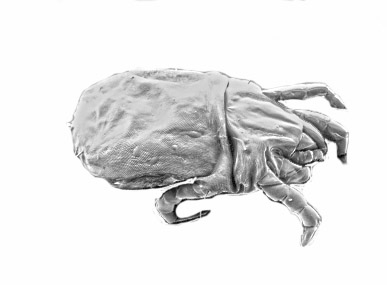Treatment for dog mites on dogs – a skin allergy medication thing
 Treatment for dog mites
Treatment for dog mites
It can be easy if you are thorough. If your dog picked the mites up from a dog park or other dogs it associates with, that can be an issue, but these mites do not usually hunt in large numbers in the wild. They can often be picked up from kennels then establish a home in your dogs bedding or other places in your house.
These mites live up to TEN DAYS off a host, so you need to rid all of your pets of the mites, and keep their bedding meticulously treated and clean.
The procedure includes
- bathing your dog daily for a week to remove the skin scales and any mites hiding with them.
- You will bath your dog with specific anti mite medication (on top of the flea mediation you are giving your dog monthly)
- Some people opt for additional lime-sulfur rinses on the daily wash with anti mite medication
- Vets can prescribe mite specific oral medication
- Coats are typically cut short during the infestation to ensure mites are targetted and owners can see if they return
Extra extra protection from mites on dogs
We use Sentinel Spectrum on our dogs. It is said to control fleas long term and flea allergy dermatitis. Be aware that this product like many flea medications does NOT kill the adult – only the eggs and Laval stage. The active ingredient is Lufenuron.
The anti mite rinse we got from our dog store is called fido’s and has these active ingredients:
- pyrethrin (can be natural but is usually the man made version in these chemicals – it works by interfering with nerve impulses, thus paralyzing and killing the parasite).
- piperonyl butoxide. Piperonyl butoxide is a synthetic insecticide synergist that was developed in 1947. It is combined with other pesticides such as pyrethrins, to enhance their effectiveness. It does not have insecticidal qualities on its own. Piperonyl butoxide mixtures are often used on food crops and livestock. It is also found in a wide range of household insecticides including sprays and lice treatment shampoos and when used with other pesticides, controls mosquitoes, ants, worms, beetles, mites, flies, gnats, spiders, weevils, caterpillars, grubs, moths, ticks, lice, etc
- n-octyl bicycloheptene dicarboximide used mostly to control ticks.
N-Octyl bicycloheptene dicarboximide is also know as: (MGK 264), N-Octyl bicycloheptene dicarboximide; MGK 264; 2-(2-Ethylhexyl)-3a,4,7,7a-tetrahydro-4,7-methano-1H-isoindole-1,3(2H)-dione; 4,7-Methano-1H-isoindole-1,3(2H)-dione, 2-(2-ethylhexyl)-3a,4,7,7a-tetrahydro- (9CI); 5-Norbornene-2,3-dicarboximide, N-(2-ethylhexyl)-; N-(2-Ethylhexyl)-8,9,10-trinorborn-5-ene-2,3-dicarboximide
This all in one flea, tick and lice wash is said to kill and prevent attachment of : fleas, lice and ticks for up to three days from a wash